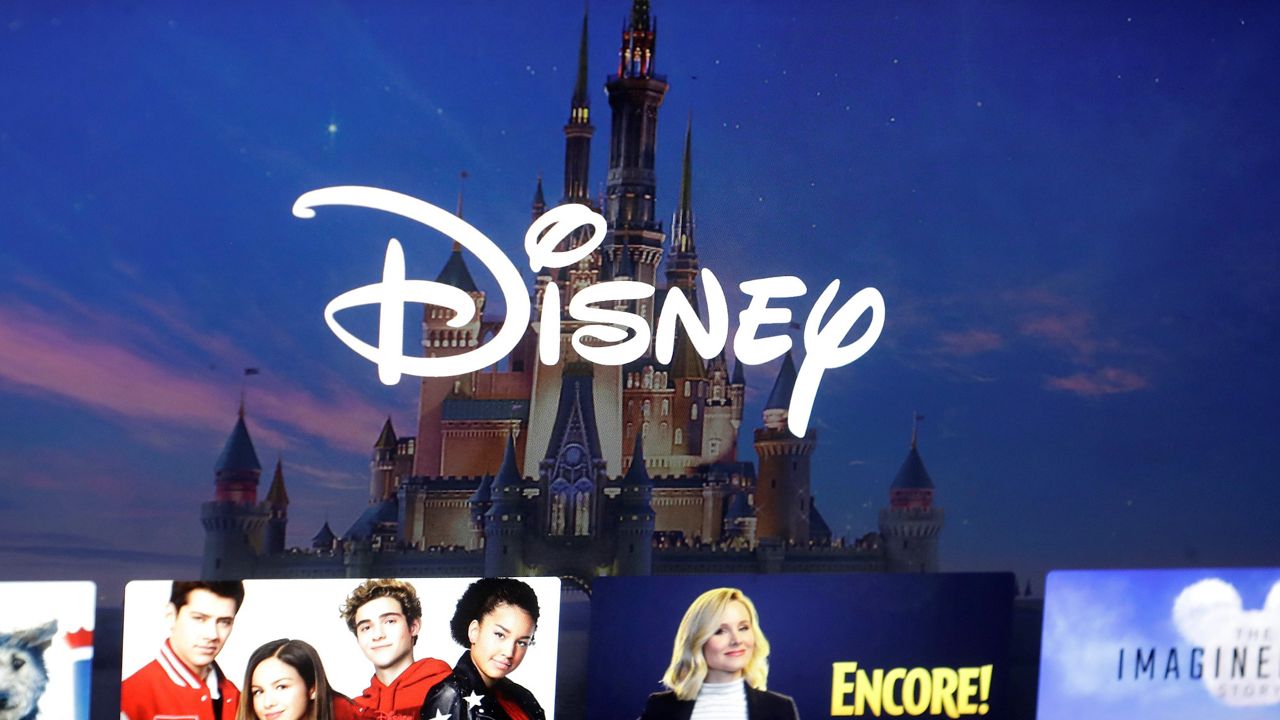BURBANK, Calif. — The Walt Disney Co. is undergoing a major corporate restructuring and workforce reduction to save the company more than $5.5 billion and refocus on its direct-to-consumer streaming business.
In his first earnings call since returning as The Walt Disney Co.’s top boss, Bob Iger announced sweeping changes coming to the house of the mouse after previous successor Bob Chapek’s tumultuous two-and-half-year tenure saw Disney lose billions in its Disney+ streaming service, which debuted in 2019.
While heralding the initial debut of Disney+, Iger told investors Wednesday, “It’s time for another transformation.”
“One that rationalizes our enviable streaming service and puts it on a path to sustained growth and profitability while also reducing expenses to improve margins and returns and better positioning us to weather future disruptions, increased competition and global economic challenges,” he said.
Iger spent over 15 years as Disney’s CEO before hand-picking Chapek to succeed him in 2020.
The announcement comes as Iger tries to right the Disney ship after missteps from Chapek, who had to navigate the company through a global pandemic, outside political pressures, increased competition and a sudden change in consumer entertainment consumption behavior.
Iger made it a point to state that streaming is the company’s future and said the reorganization is a way to return creativity to its center and increase accountability.
He said he is returning greater authority to the company’s creative leaders and making them accountable financially for how their content performs.
“Our former structure severed that link and must be restored,” he said, adding that the creative leaders will be responsible for creating, distributing, monetizing and marketing content.
“Managing costs, maximizing revenue, and driving growth from the content team will be their responsibilities,” he said.
According to Iger, Disney will now have three core departments: Disney Entertainment (which includes Disney’s TV, film and streaming portfolio), ESPN, and Disney Parks, Experiences and Products.
Iger said the changes are a way for the company to be cost-effective and streamline its approach during a challenging economic environment.
Iger said that reducing Disney’s workforce is also necessary to cut costs. Disney plans to cut 7,000 jobs.
“While this is necessary to address the challenges we are facing today, I do not make this decision lightly,” he said.
Regarding its Disney+ streaming service, which includes Hulu, a business unit that has lost more than $9 billion since its debut in 2019, Iger said the goal is to deliver more high-quality content.
Disney officials predict that Disney+ will hit profitability by the end of fiscal 2024, and achieving that remains the company’s goal.
In its latest financial statement, Disney lost more than 2.4 million Disney+ subscribers, mostly from its Disney+ Hotstar streaming service in India. The company saw significant subscriber losses in India after losing streaming rights to India’s premier cricket league.
However, the company saw a gain in its quarterly core subscribers, jumping from 102.9 million to 104.3 million, said Disney Chief Financial Officer Christine McCarthy.
McCarthy said the company did not see any “meaningful financial impact” when it launched an ad tier.
The company ended 2022 with more than 161.8 million Disney+ subscribers worldwide.
Iger said that the growth of its streaming business and profitability remain the company’s main priority.
He said Disney plans to focus on its core brand franchises, “which has consistently delivered higher returns.”
“This is my No. 1 priority,” he said. “We are focused on the success of our streaming business and [generate returns] for our shareholders long into the future.”



